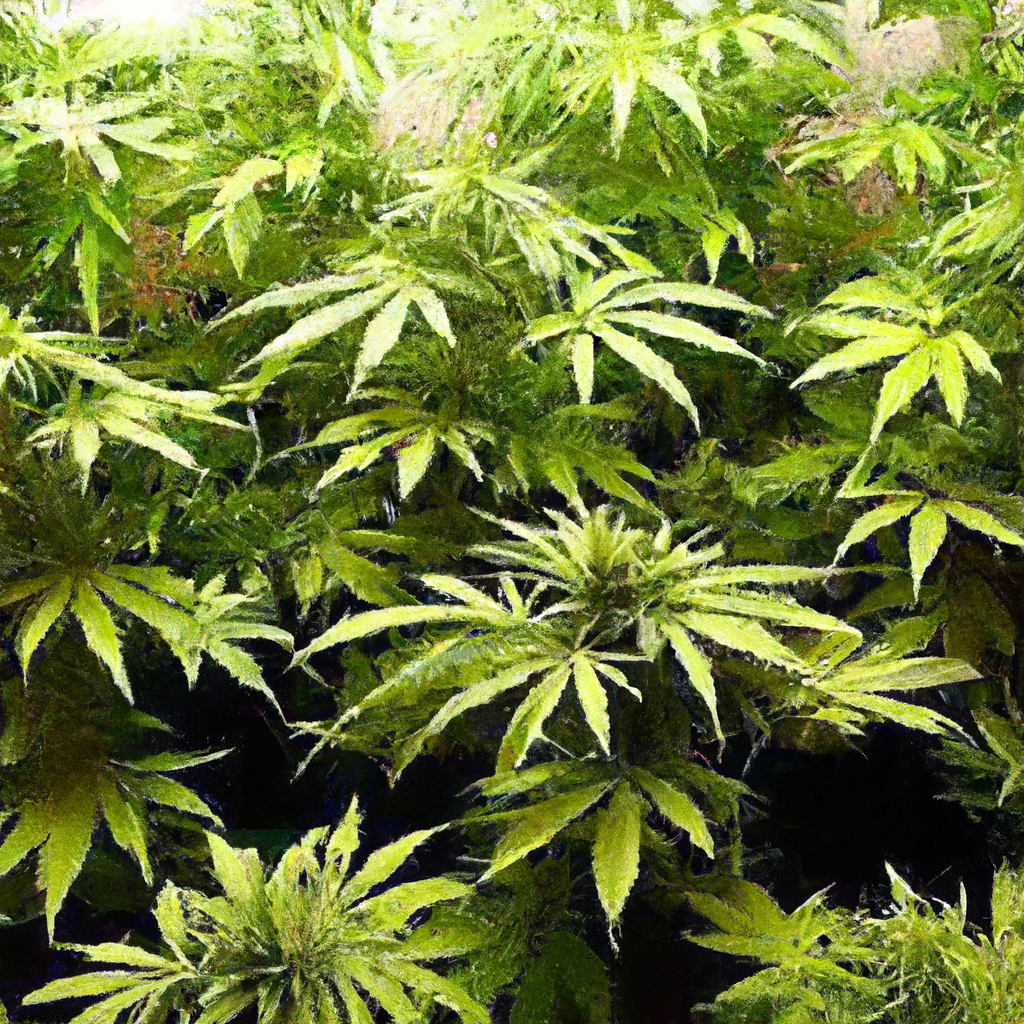Your cart is currently empty!
Indoor cannabis cultivation offers enthusiasts a controlled environment to produce high-quality plants year-round. Whether you’re a beginner or seasoned grower, understanding and implementing the right techniques can significantly affect your yield. Here, we explore essential elements of indoor cannabis cultivation to help you achieve a bountiful harvest.
Choosing the Right Growing Medium
The foundation of successful indoor cannabis growing starts with selecting the appropriate growing medium. Each option has its benefits and challenges:
- Soil: Ideal for beginners, soil is forgiving and provides essential nutrients. Opt for a well-aerated mix with added perlite or vermiculite for better drainage.
- Coco Coir: This sustainable option retains moisture like soil but offers better aeration, suitable for intermediate growers seeking more control over nutrient management.
- Hydroponics: Requires advanced knowledge but rewards with rapid growth and larger yields by delivering nutrients directly to the roots via water.
Managing Microclimates for Optimal Growth
Creating and maintaining a suitable microclimate involves careful control of temperature, humidity, and airflow in the grow space:
- Temperature: Aim for daytime temperatures between 70-85°F (21-29°C) and reduce to 58-70°F (14-21°C) at night for optimal growth.
- Humidity: Keep humidity levels between 40-70%, adjusting based on the plant’s growth stage. Use a dehumidifier to reduce excess moisture and prevent mold.
- Airflow: Ensure consistent air circulation with oscillating fans to strengthen stems and reduce the risk of pests and mildew.
Light: The Fuel for Photosynthesis
Lighting is a critical factor in indoor cannabis cultivation as it simulates the sun’s role in natural growth during different plant stages:
- Vegetative Stage: Provide 18-24 hours of light using LED or MH lights, ensuring high blue light spectrum for healthy leaf and stem growth.
- Flowering Stage: Switch to a 12/12 light cycle and use HPS or LED lights that emit red spectrum light to encourage budding.
- Light Height: Adjust light height to avoid burns and ensure even distribution. Start at around 24 inches above the canopy and adjust as plants grow.
Common Challenges and Solutions
Even seasoned growers face challenges. Here are solutions to common indoor growing issues:
- Overwatering: Avoid by allowing soil to dry between waterings and ensure pots have adequate drainage.
- Nutrient Burn: Monitor plant leaves for discoloration; reduce nutrient concentration in feedings if signs of burn appear.
- Pests: Maintain cleanliness in grow space and use natural pest control methods like neem oil or beneficial insects to manage infestations.
Conclusion
Indoor cannabis cultivation is an art that combines science and practice. By carefully managing growing mediums, microclimates, and light, alongside timely troubleshooting, aspiring growers can nurture lush, vibrant plants. Consistent learning and adaptation are key to turning challenges into opportunities for growth.
With patience and dedication, your indoor garden can flourish, resulting in high-quality, aromatic cannabis that rewards your hard work.
Explore your journey into indoor cannabis cultivation with confidence, one leaf at a time!
Tags: Indoor Growing, Cannabis Cultivation, Growing Tips, Sustainability, Growing Mediums
Discover more from Magic Clones
Subscribe to get the latest posts sent to your email.
2 responses to “Indoor Cannabis Growing: Nurturing Green Success”

As someone who has navigated the intricacies of cannabis cultivation in Colorado’s unique climate for over three decades, I appreciate the detailed exploration of indoor growing techniques. The importance of selecting the right growing medium cannot be overstated. In my experience, coco coir offers a fantastic balance of moisture retention and aeration, especially when coupled with a precise nutrient regimen—ideal for those looking to fine-tune their grow.
Managing microclimates is equally crucial. The suggested temperature and humidity ranges align well with my own findings, particularly the shift in humidity levels between vegetative and flowering stages to enhance resin production and prevent mold. For those just starting, investing in a reliable dehumidifier and oscillating fans can make a world of difference.
Lighting strategies are another key aspect of indoor growing. I’ve found that using high-efficiency LED systems like Gavita Pro not only optimizes growth but also significantly reduces energy consumption—essential for sustainable practices.
For those facing common challenges like overwatering or nutrient burn, I recommend integrating automated sensors and AI-powered grow monitors to maintain optimal conditions and catch issues early.
I’d love to hear more about how fellow growers are integrating technology into their setups, especially in managing environmental variables. Sharing insights on sustainable practices and advanced genetics can further enrich our collective knowledge. Keep growing greatness, one strain at a time!

Syncing grow cycles with lunar phases can add an extra layer of harmony to the indoor cultivation process, potentially boosting terpene profiles and plant vitality. 🌙🌿 While tech integration is vital, there’s magic in the synergy between nature and innovation. Have you experimented with any lunar-aligned techniques in your setup? 🌟


Leave a Reply